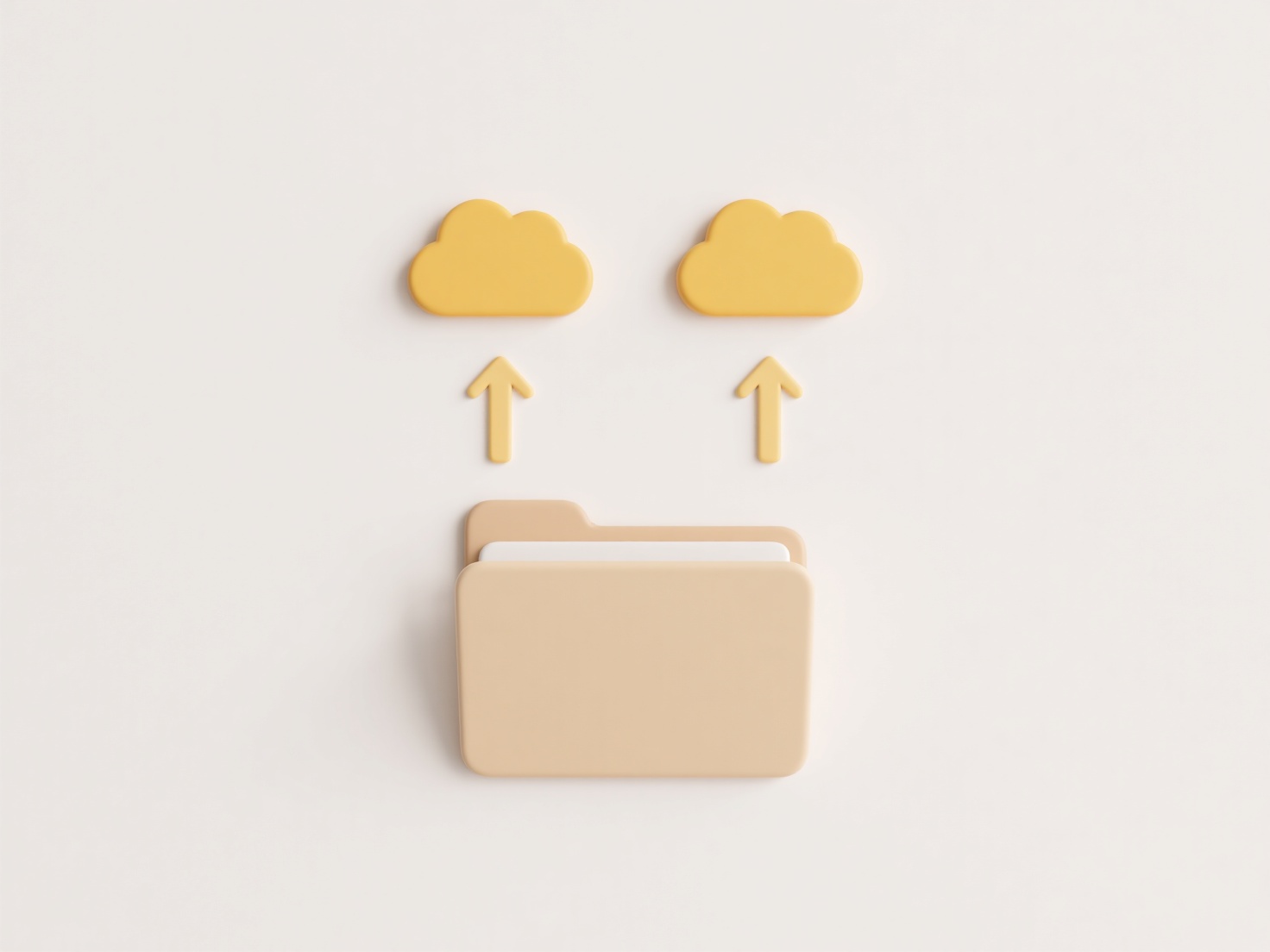
Disabling download or copy refers to restrictions placed on a shared digital document to prevent recipients from saving a local copy or duplicating its content. This is distinct from simple access control (like password protection), as it specifically targets blocking the saving and copy/paste actions, even for those with viewing permission. Cloud-based collaboration platforms often implement this through permission settings, overriding the typical ability to 'File > Save As' or highlight and copy text.

This feature is commonly used by corporations sharing sensitive contracts or legal documents externally; legal teams might share a draft agreement via a platform like Microsoft SharePoint but disable downloads to prevent uncontrolled distribution. Educators sharing copyrighted learning materials via Google Drive might disable copy/paste to discourage plagiarism while still allowing student access during class.
The main advantage is enhanced control over intellectual property after sharing. However, key limitations exist: it relies entirely on the sharing platform's security (a weakness if the platform is compromised), prevents legitimate offline use for authorized viewers, and offers little protection against determined users who could take screenshots or manually transcribe content. Future developments may involve integrated Digital Rights Management (DRM) for finer-grained control, though adoption remains mixed due to usability trade-offs and inherent technological vulnerabilities.
How do I disable download or copy on a shared document?
Disabling download or copy refers to restrictions placed on a shared digital document to prevent recipients from saving a local copy or duplicating its content. This is distinct from simple access control (like password protection), as it specifically targets blocking the saving and copy/paste actions, even for those with viewing permission. Cloud-based collaboration platforms often implement this through permission settings, overriding the typical ability to 'File > Save As' or highlight and copy text.

This feature is commonly used by corporations sharing sensitive contracts or legal documents externally; legal teams might share a draft agreement via a platform like Microsoft SharePoint but disable downloads to prevent uncontrolled distribution. Educators sharing copyrighted learning materials via Google Drive might disable copy/paste to discourage plagiarism while still allowing student access during class.
The main advantage is enhanced control over intellectual property after sharing. However, key limitations exist: it relies entirely on the sharing platform's security (a weakness if the platform is compromised), prevents legitimate offline use for authorized viewers, and offers little protection against determined users who could take screenshots or manually transcribe content. Future developments may involve integrated Digital Rights Management (DRM) for finer-grained control, though adoption remains mixed due to usability trade-offs and inherent technological vulnerabilities.
Quick Article Links
What should I name files to match naming conventions in ERP systems?
ERP file naming conventions are standardized approaches to labeling documents within Enterprise Resource Planning system...
How do I search files in a ZIP without extracting?
To search files within a ZIP archive without extracting it, you inspect the archive's metadata directly. ZIP files conta...
Can I set a download limit on a file?
A download limit restricts the number of times a specific file can be downloaded from its shared location. This is diffe...